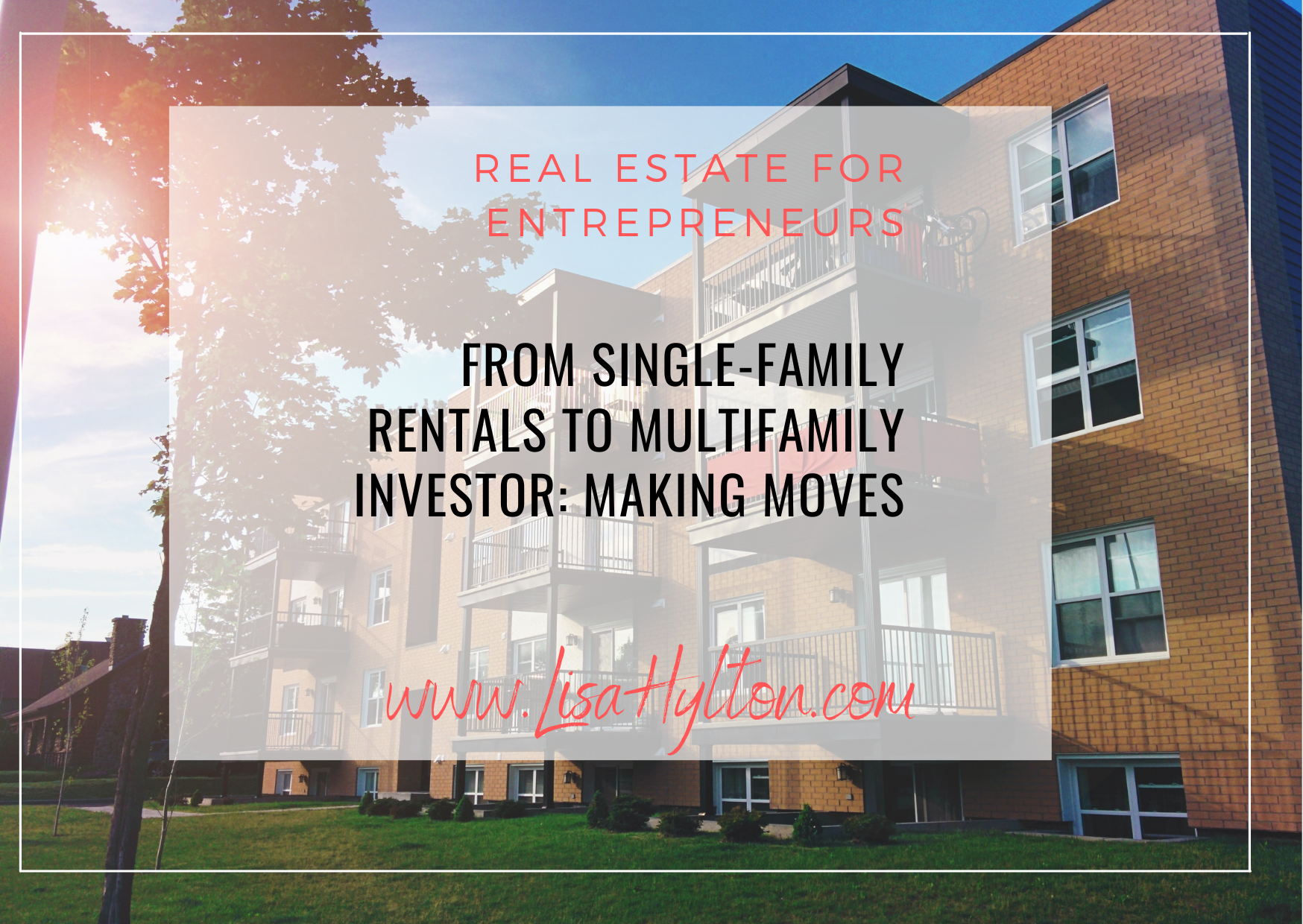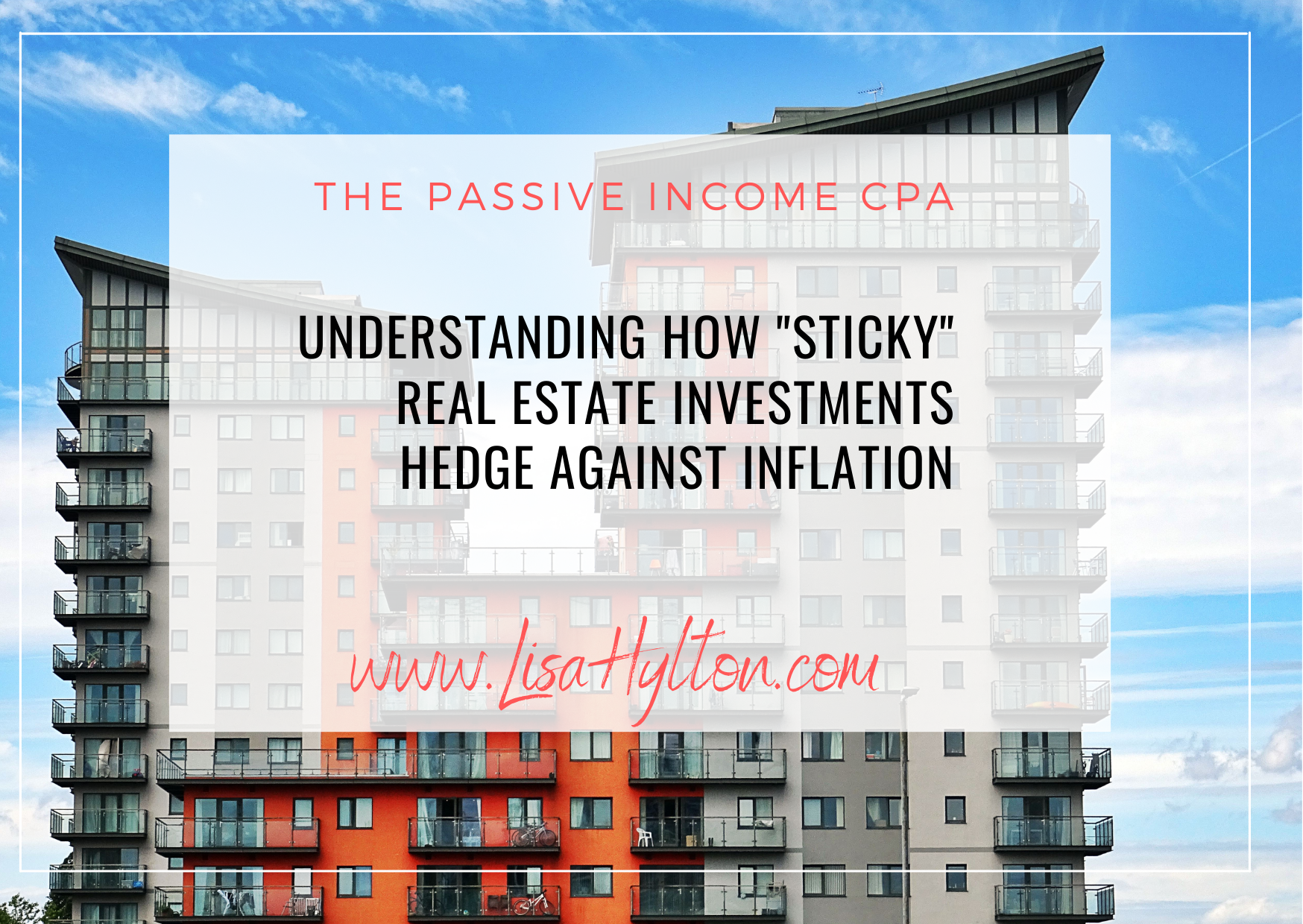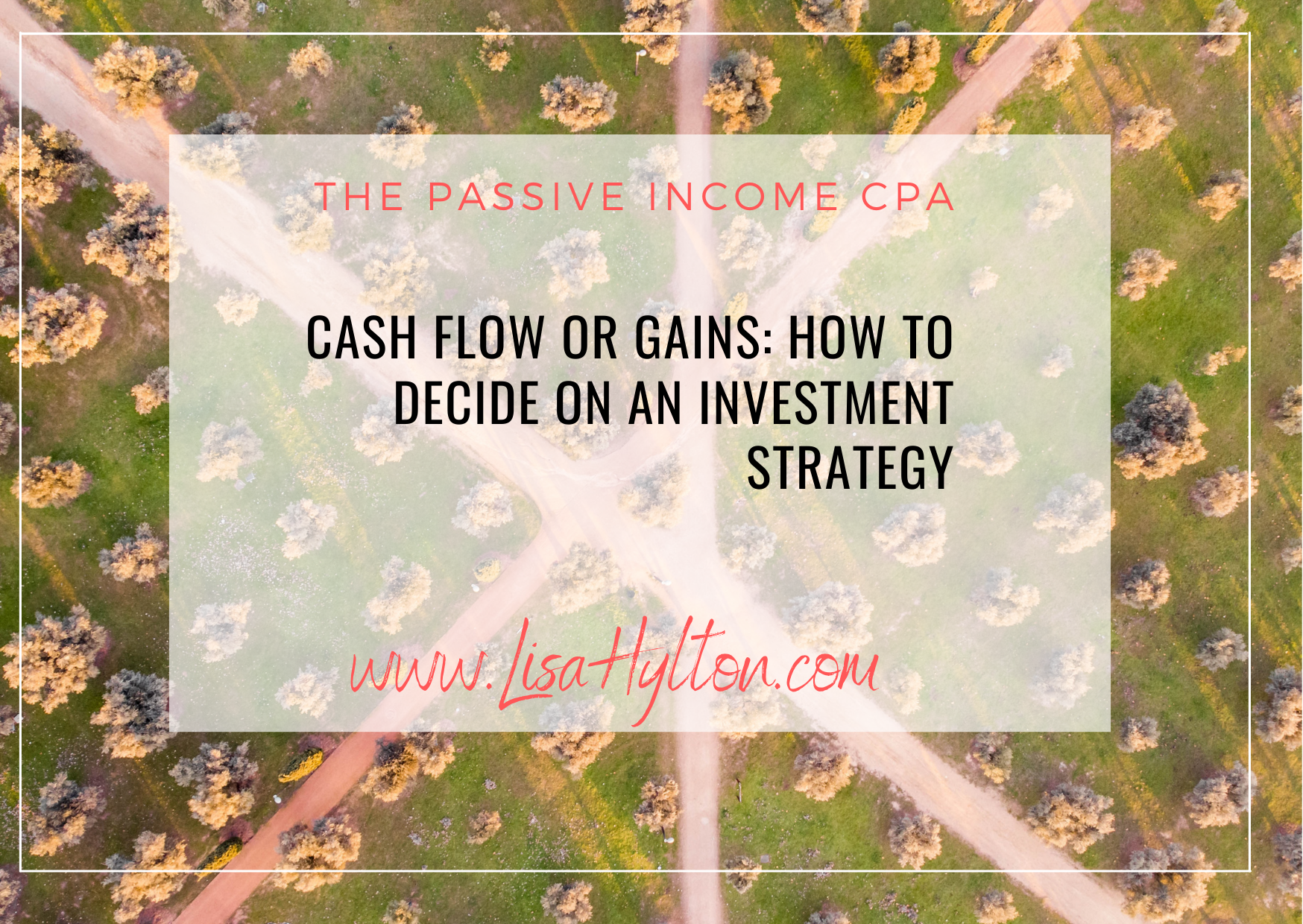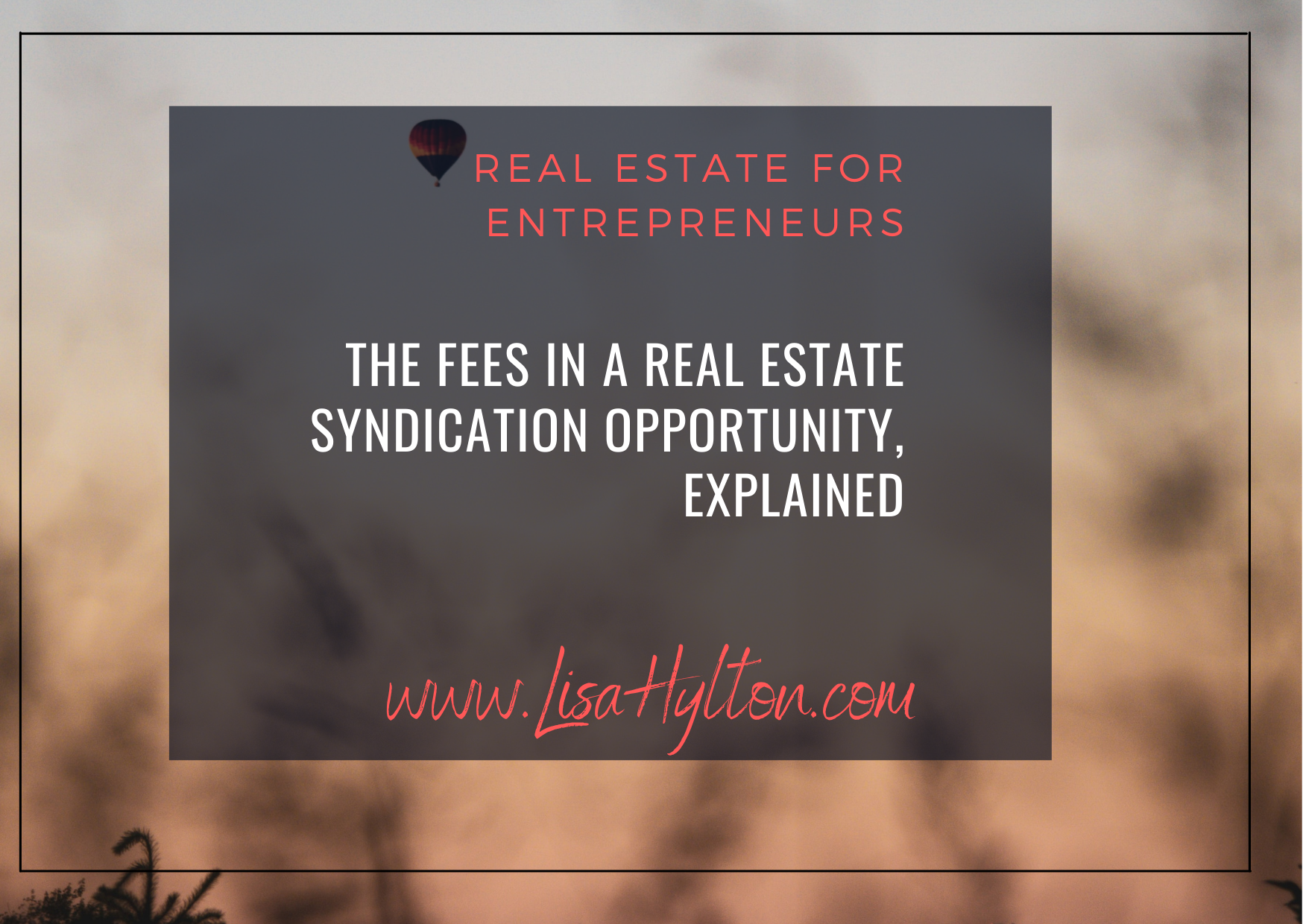It’s no secret that most real estate investors start out investing in small, single-family homes. Whether you go for the flips, rent out properties as you outgrow them, or scope out rentals in hot markets doesn’t matter. But there comes a point where you’re ready to uplevel to multifamily properties, and it’s not likely clear how to do it.
So maybe you have a few rental homes, and you’ve scaled to your max in residential rentals. With all your time, energy, and money tied up in your existing rental properties, it might seem daunting or downright impossible to imagine owning multifamily properties too.
Let me reassure you, you can make the move from single-family landlord to multifamily real estate investor. In this article, you’ll learn the advantages and disadvantages of each type of real estate investment, why it’s important to understand how properties are valued, and two methods you might use to make the move from single-family landlord to multifamily investor.
The Advantages Of Owning Single-Family Rental Real Estate
Financing for single-family real estate investments is easy to access, and the purchase process is pretty familiar because it’s how you probably bought your own home. You can obtain up to ten loans for residential real estate based on your credit and income, just like any other personal financial deals. Residential real estate can be purchased easily with a low down payment and a bank loan, private financing, or even 100% cash.
Another advantage to single-family real estate investments is the various exit options. You can sell it at retail, do a lease-to-own deal with your tenants, sell it to an investor, or hold and rent it out. On top of that, you can buy one single-family rental at a time or vary the property management companies used, allowing you to diversify in a purposeful way.
So, let’s purport that over the past ten years, you’ve purchased a single-family home every two years in varying neighborhoods and cities within a metroplex. Your portfolio of residential rentals consists of various ages and styles of single-family homes, some large and some small, and you use three different property management firms to help you handle them all. Cool, it seems like you’ve diversified as much as possible, and you’ve probably learned some great lessons along the way!
So what might be some disadvantages of owning single-family investment properties like this?
The Disadvantages Of Owning Single-Family Rental Real Estate
With rental real estate, when things are good, they are fantastic, and when things get rough, they can become real bad real quick. So, consider this, the more roofs you own, the greater likelihood of needing to replace one (or more) of those roofs. The more doors you own, the more water heaters, air conditioning systems, and basements or attics you own. For this reason, CapEx (capital expenditures) can be high.
Furthermore, each property carries its own insurance, tenant lease, warranties, taxes, and management fees; plus, you must maintain bookkeeping for EACH property! I’m sure you can see how this might get out of hand quickly if you aren’t super organized or if you don’t have help with the record-keeping portion of these investments.
When it comes to expanding your investment strategy with single-family real estate, you’ll discover there are a couple of little-known or little-considered hindrances that will curb your ability to reach the next level. For one, there is a cap on the number of conventional loans a single person can have on their credit. You can circumvent this for a while if your spouse is on board because each of you can have ten loans, giving you up to 20 loans total, but then what? You’ll reach a point where you can’t expand further.
The other hindrance that we’ve all probably faced when trying to sell personal residential real estate, is that the value of your property is determined by the value of the neighbors’ property. Sure, you can make improvements in your single-family home, but “comps,” as they’re commonly referred to, are usually the most significant determining factor of your property value in the single-family realm. Unfortunately, with single-family real estate, you can raise rent and reduce expenses, but that does not change the value of your property.
The Advantages Of Owning Multifamily Rental Real Estate
As you look to level up from single-family rentals, there are, of course, advantages and disadvantages of owning multi-family real estate too. So, you might be wondering, what’s different about multifamily investing from single-family investing?
One noticeable difference is that a multifamily real estate deal can transfer ownership of multiple units in a single transaction. Talk about simplification!
Whereas you probably have a file cabinet full of documentation for those five properties we were talking about earlier, the purchase of 2–20 (or more!) units all at once would significantly cut down on paperwork.
Similarly, since each multifamily property contains several units, it’s easier to form and leverage a team. A contractor, broker, property manager, and other service-oriented trades will jump at the chance to have a multifamily property owner as their client. Conversely, it’s much harder to find reliable help on each individual single-family property.
The most significant advantage of owning multifamily rental real estate is your ability to control the property’s value. Commercial property is valued based on the amount of income it creates, so your rental income directly relates to the property value.
You can assert control over the value by reducing costs, capturing efficiencies, and adding income streams to the property. These value-increasing opportunities might look like installing waste-reducing showerheads in the units, energy-efficient bulbs in all light fixtures, and providing paid lock-box options for residents. With multifamily real estate, you can increase rents and decrease expenses, and directly impact (increase) the value of your property.
The Disadvantages Of Owning Multifamily Rental Real Estate
On the flip side, yes, there are disadvantages to owning multi-family real estate, and most of them are in direct opposition to the advantages of owning single-family real estate.
Perhaps the most considerable disadvantage to owning multifamily rental real estate as an investment is that you have limited exits. Not just any ol’ person on the street will be willing (or even able to) purchase the property. Your sale will likely be limited to other investors or corporations.
Some other disadvantages have to do with the diversity of markets and property managers. If you own a single property with 50 doors, you aren’t diversified in either the market or property management. You have all your eggs in one basket. *This is where syndications help because you can own a percentage of several multifamily properties instead of a single, multi-unit property.
Another challenge to owning multifamily property lies in obtaining financing. Generally, multifamily properties have a heftier price tag, and your standard lenders cannot finance that large of a loan on your personal credit. It’s likely you’ll need partner investors and to intentionally establish a solid track record of positive credit history as an LLC before you could qualify to finance the purchase of a multifamily property.
Several of the disadvantages above filter down to one single, essential foundation of successfully owning multifamily rental property, and that is your tenant base quality. A high-quality tenant base who consistently pays rent on time, cares about the property, and remains loyal long-term will boost your odds of being profitable and your chances of significantly increasing the property value.
How To Transition From Single-Family to Multifamily Rental Real Estate
No matter how you slice the pie, it’s tough to become a millionaire off single-family rentals alone. Multifamily investing is the key to reaching that next tier of wealth, freedom, and experience. There are a few ways to do this, but the most common are “Stacking” and “Leverage.”
One gradual, potentially safe-feeling way to uplevel is to “stack” your real estate investments, doubling the number of doors you purchase with each transaction. In stacking, you start with a single-family home, and suppose every two years, you buy another piece of real estate. Well, every two years, instead of purchasing another single-family home, you buy a duplex, and then a quad, and then an 8-plex, and so on. In just ten years (in the blink of an eye), you’d own 31 units!
The other option is to leverage your earnings from your single-family investments into a multifamily real estate syndication deal. If you own five single-family properties, and each one cashflows $200 per month, you have $12,000 each year to funnel toward a syndication opportunity. Since the typical minimum on a syndication deal is about $50,000, you’ll quickly achieve that in less than five years, even with capital expenditures and maintenance on your five properties!
Is Becoming A Multifamily Millionaire In Your Cards?
With our experience in single-family rentals AND multifamily deals of all types, we always advise you to take a step back and look at your goals. Why are you investing? Does it make sense for you to personally own and manage 31 doors over five properties? Does it make sense for you to be more hands-off and collect disbursements without being a landlord?
Any choice is a great one, because you’re choosing your personal, family, and financial goals over everything else and using real estate investments to help you get there. If you’re interested in learning more about syndications because the “Leverage” route sounds interesting to you, you’re invited to join my Investor Club.
Inside, you’ll learn all the nitty-gritty details about real estate syndication deals, learn everything you need to embark upon your first syndication deal, and meet other fellow investors like yourself. We look forward to helping you learn how real estate syndications can help you achieve your investment goals!
Want to Invest with Lisa?
If you are interested in learning more about passively investing in apartment buildings, click here https://lisahylton.com/invest/ to sign up to learn more about upcoming opportunities.
About the Author
Lisa is the CEO of Lisahylton.com, a real estate company that helps entrepreneurs invest in tax-efficient real estate investments. At Lisahylton.com, Lisa and her team focus on buying apartments with investors and shares the profits. This strategy enables her investors to build wealth and passive income through investing in conservative, high-quality multifamily assets.
Lisa is the host of the Level Up REI podcast where she interviews real estate investors, entrepreneurs, and business owners to share their stories and experiences building businesses and investing in real estate. After a decade of working in the financial services industry, Lisa found investing passively in real estate syndications and was intrigued by the business opportunity to invest in real estate while also providing the opportunity to others to do the same along with her.
You can learn more about passively investing in high-quality multifamily assets that provide cash flow and strong returns at www.LisaHylton.com.




